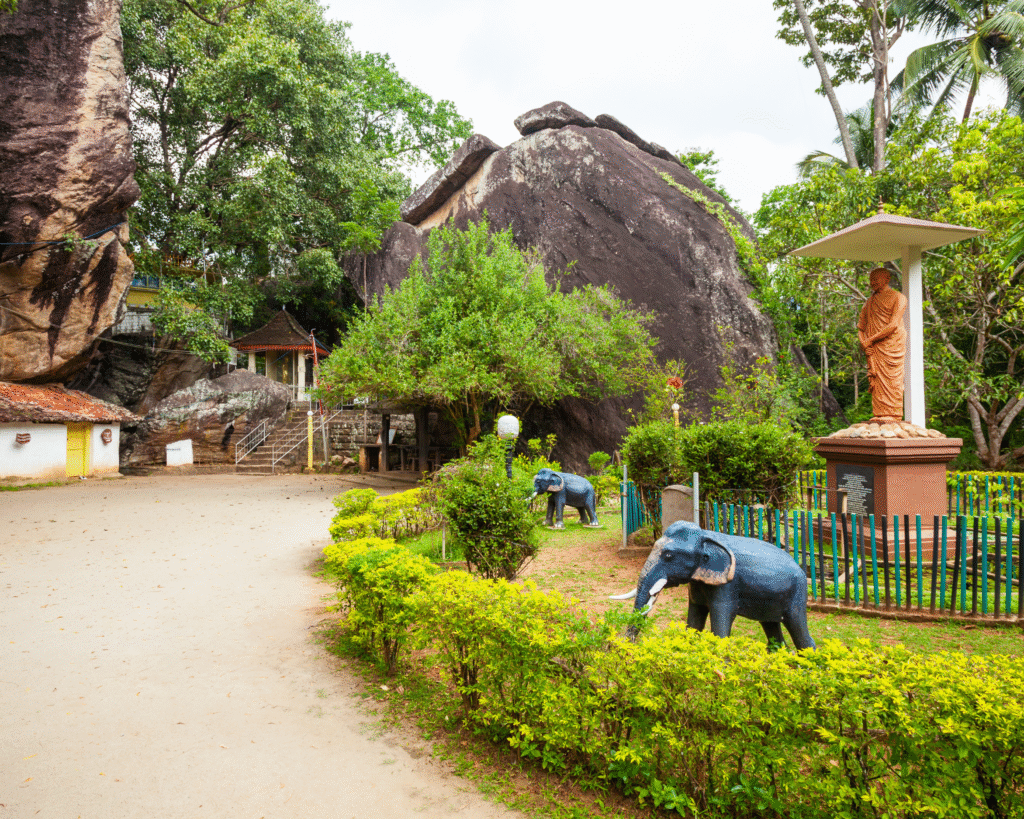Sri Lanka's Climate Zones: A Tropical Diversity
Sri Lanka, though a small island, features remarkable climate diversity due to its geographical layout and monsoon patterns. The country is divided into three main climate zones: the Wet Zone, the Dry Zone, and the Intermediate Zone. Each zone offers unique landscapes, weather conditions, and cultural experiences for travelers.
🌧 Wet Zone (South-Western Region)
Overview:
The Wet Zone receives the highest rainfall in the country, exceeding 2,500 mm annually. It is lush, green, and home to dense forests, tea plantations, and waterfalls. Humidity is high, and temperatures generally range from 25°C to 30°C.
Popular Areas:
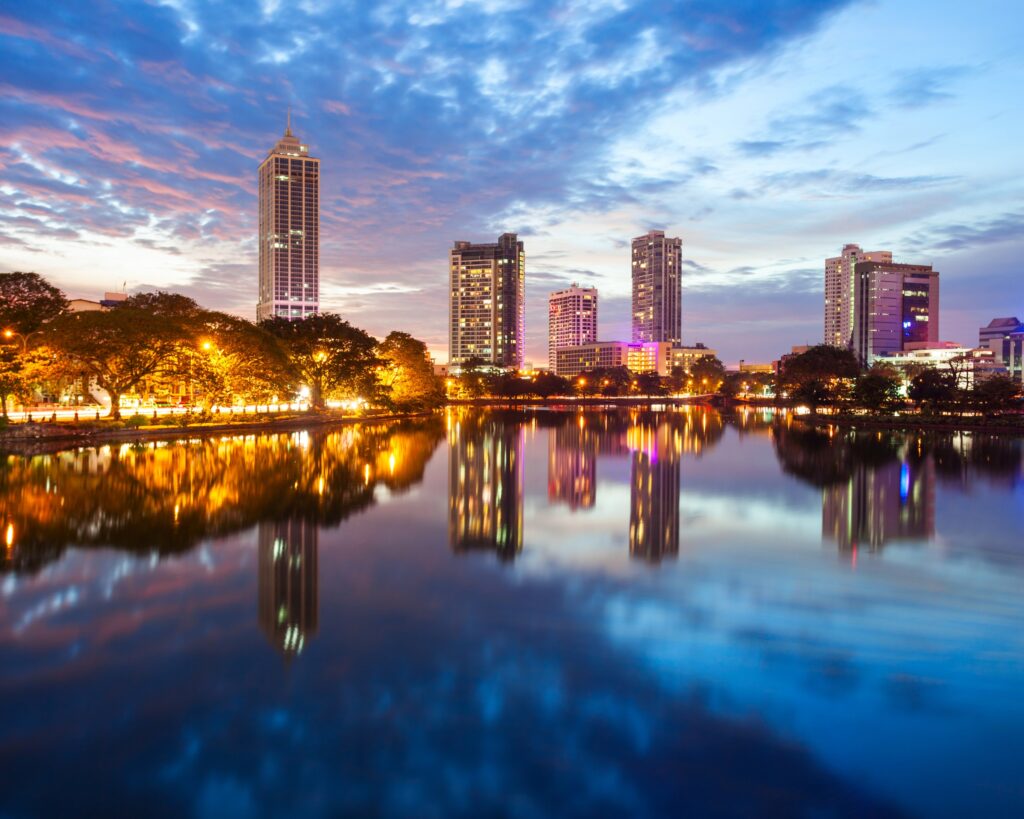
Colombo
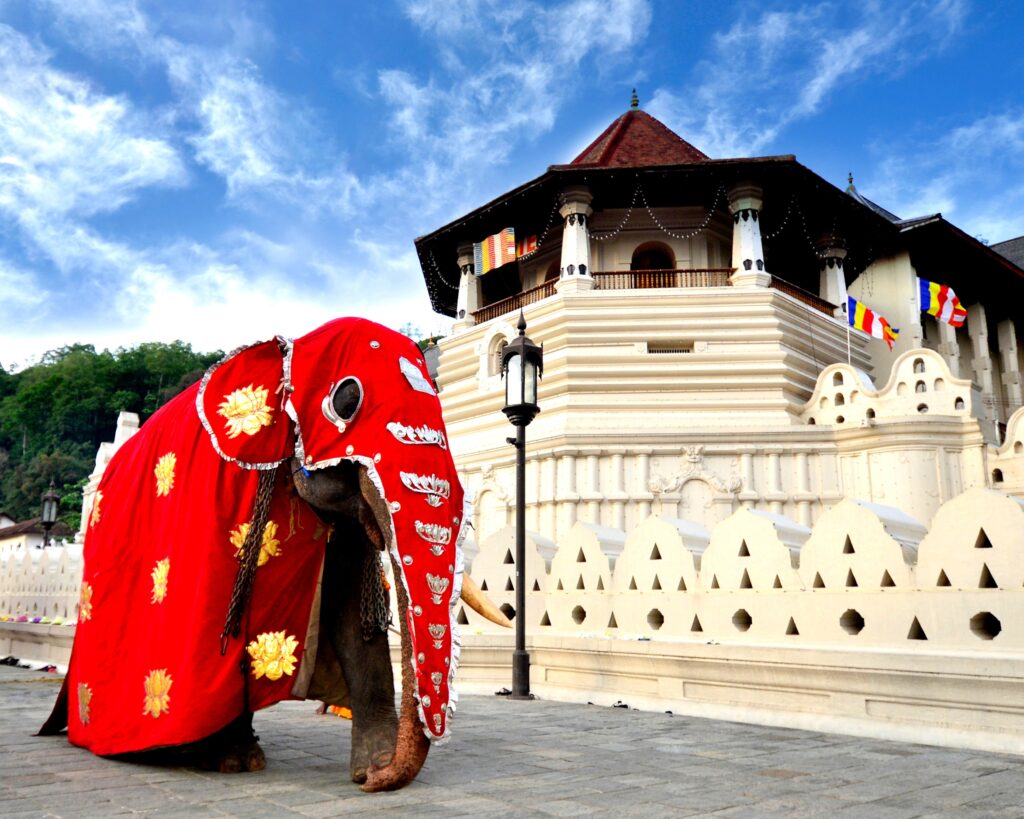
Kandy
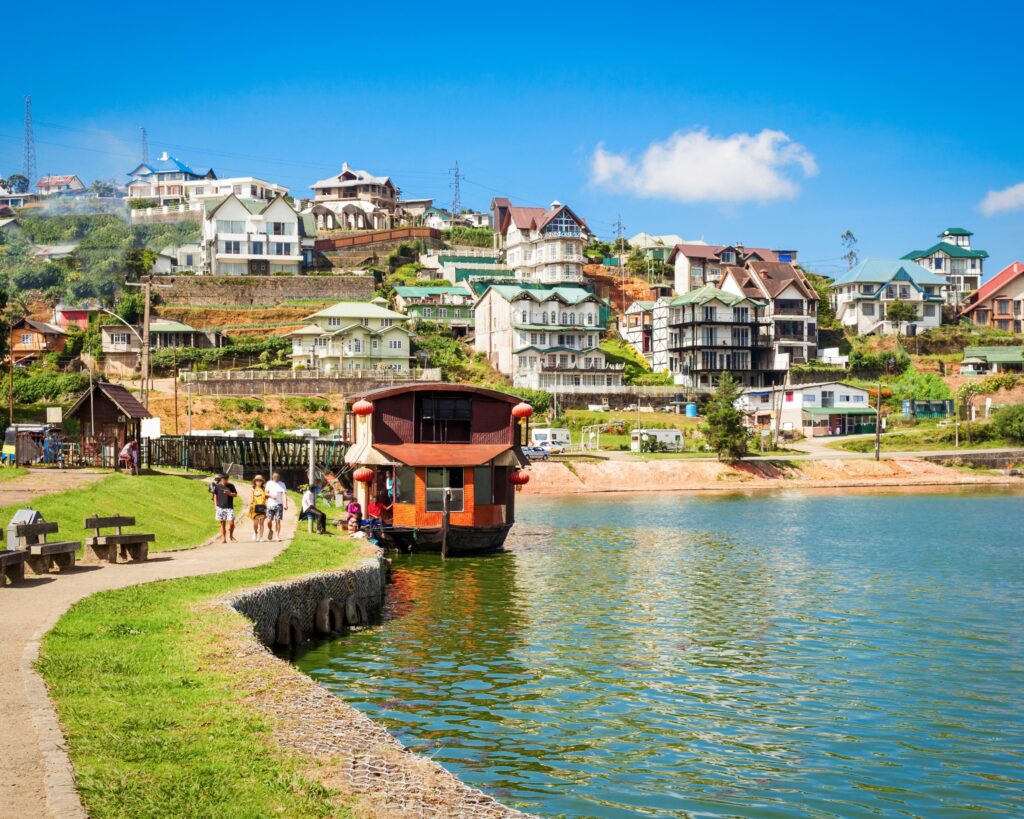
Nuwara Eliya
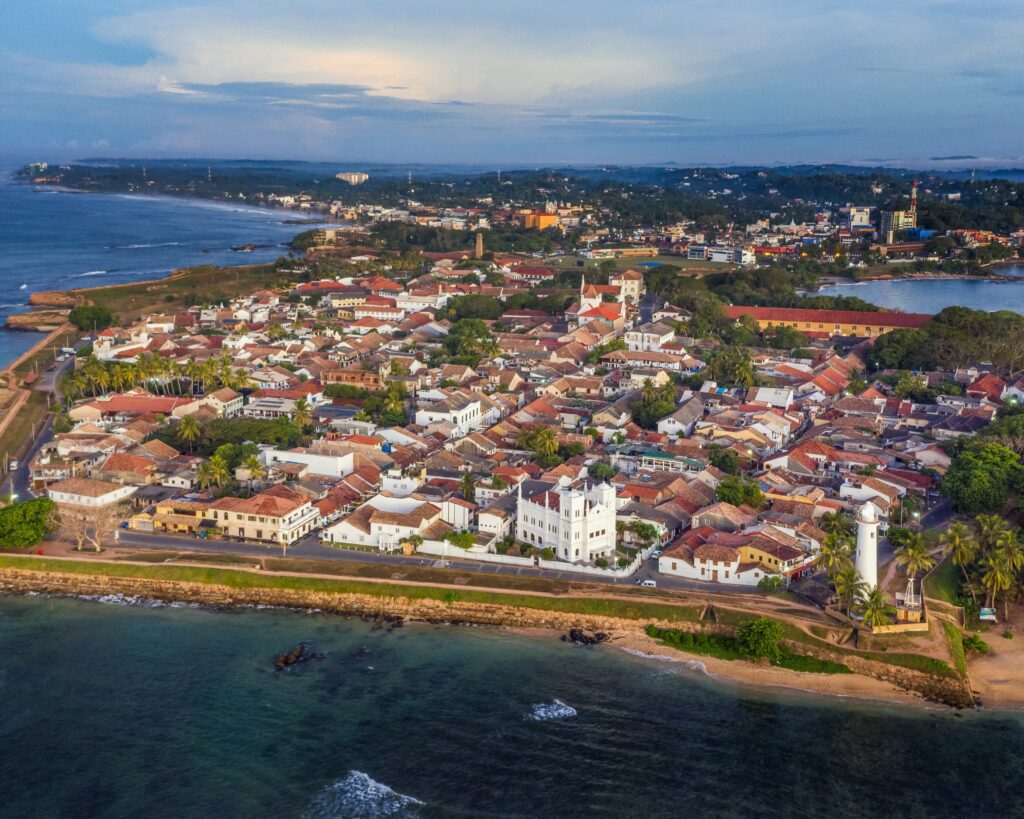
Galle
☀️ Dry Zone (North and East)
Overview:
The Dry Zone covers much of northern and eastern Sri Lanka. Rainfall is low (less than 1,200 mm per year) and concentrated in the North-East monsoon period. The landscape is dotted with reservoirs, ancient ruins, and vast dry plains.
Popular Areas:
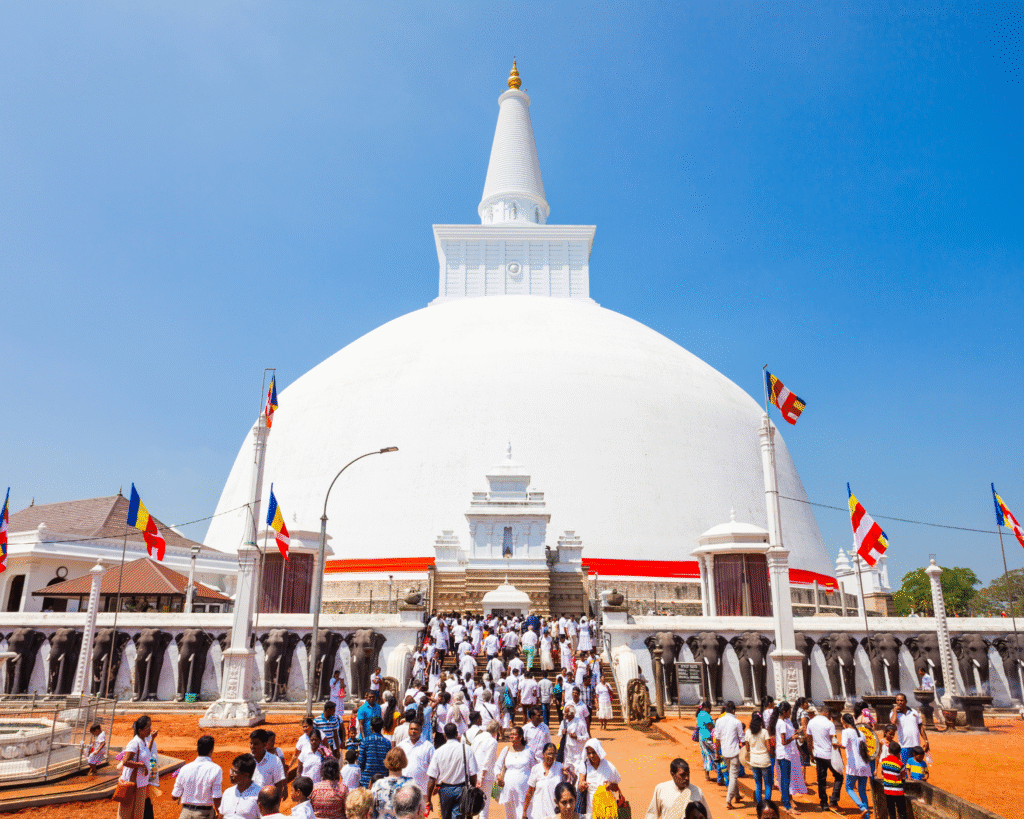
Anuradhapura
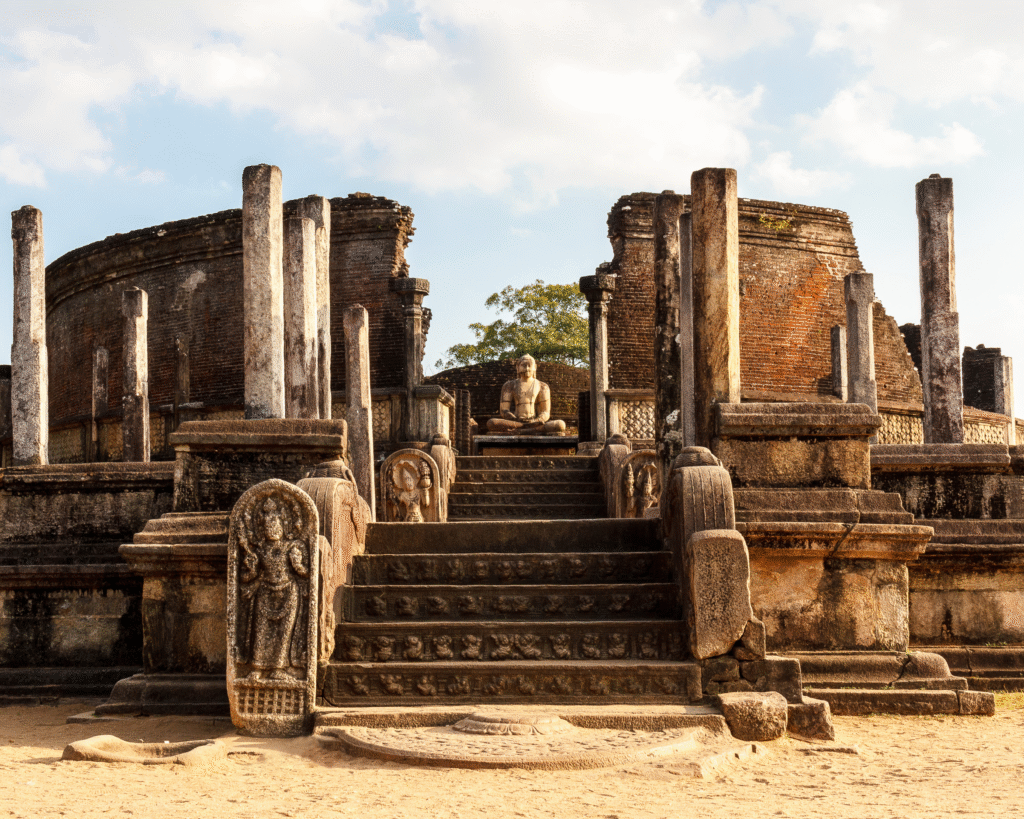
Polonnaruwa
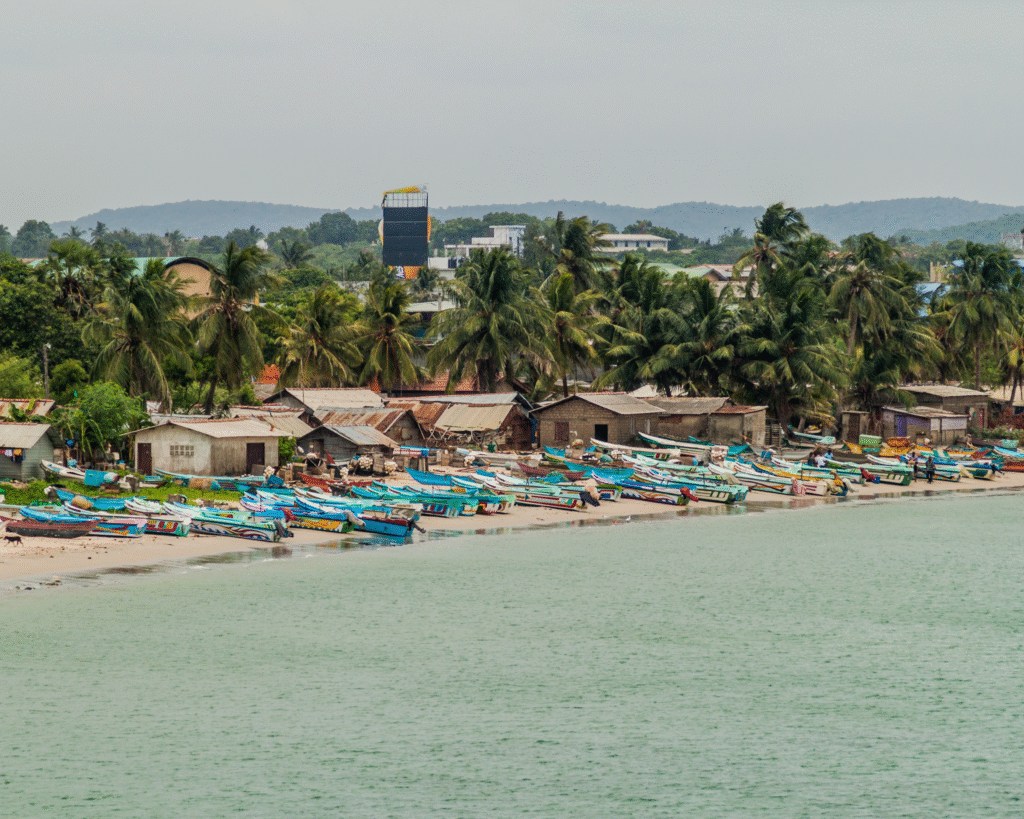
Trincomalee
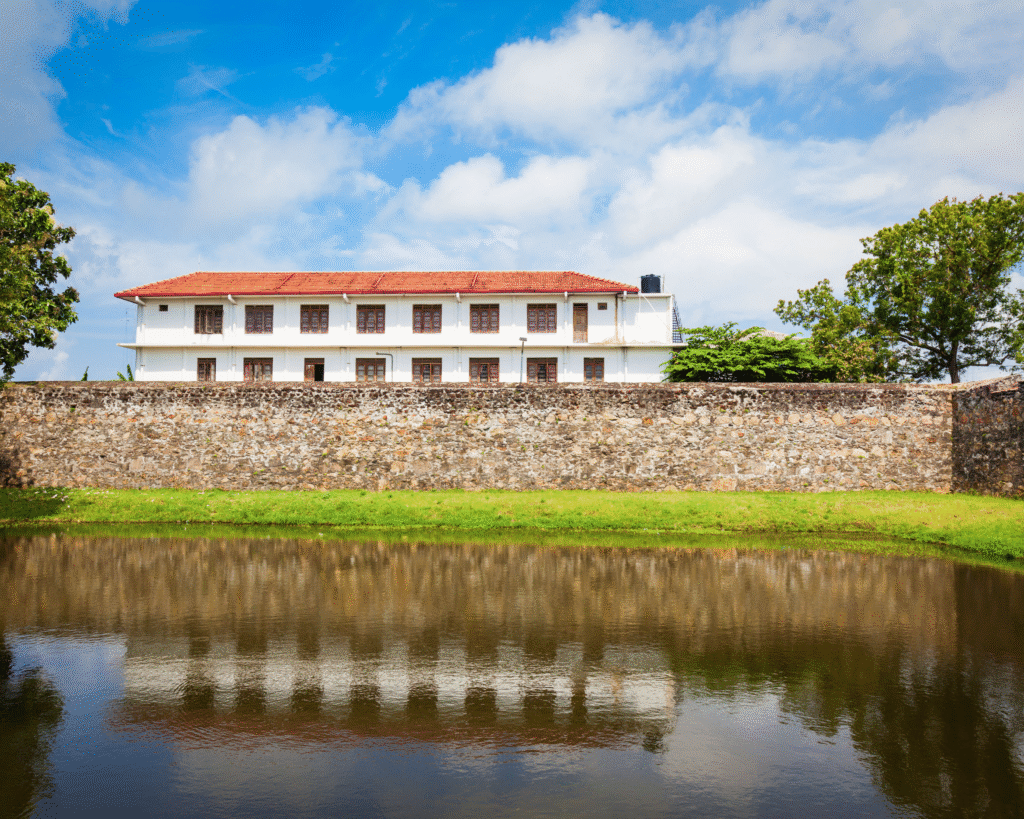
Batticaloa
🌤 Intermediate Zone (Central Transitional Belt)
Overview:
This zone lies between the Wet and Dry zones, receiving moderate rainfall ranging from 1,200 mm to 2,500 mm. The terrain includes a mix of fertile plains, hills, and farmlands.
Popular Areas:
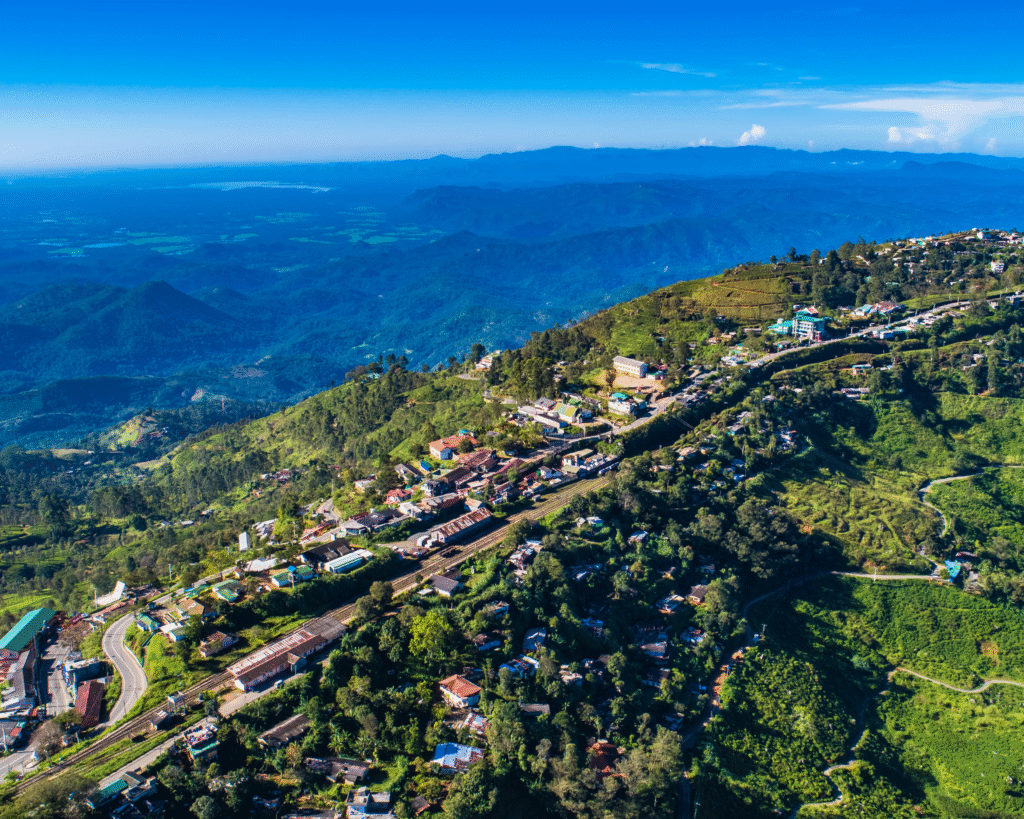
Badulla
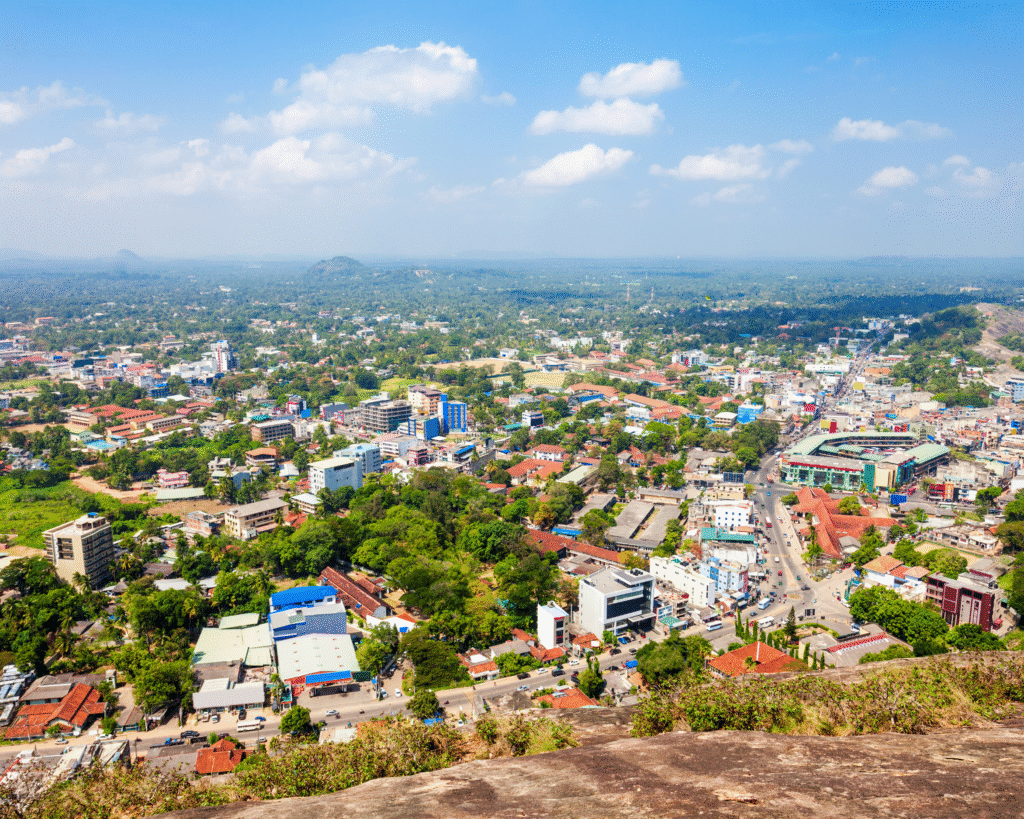
Kurunegala
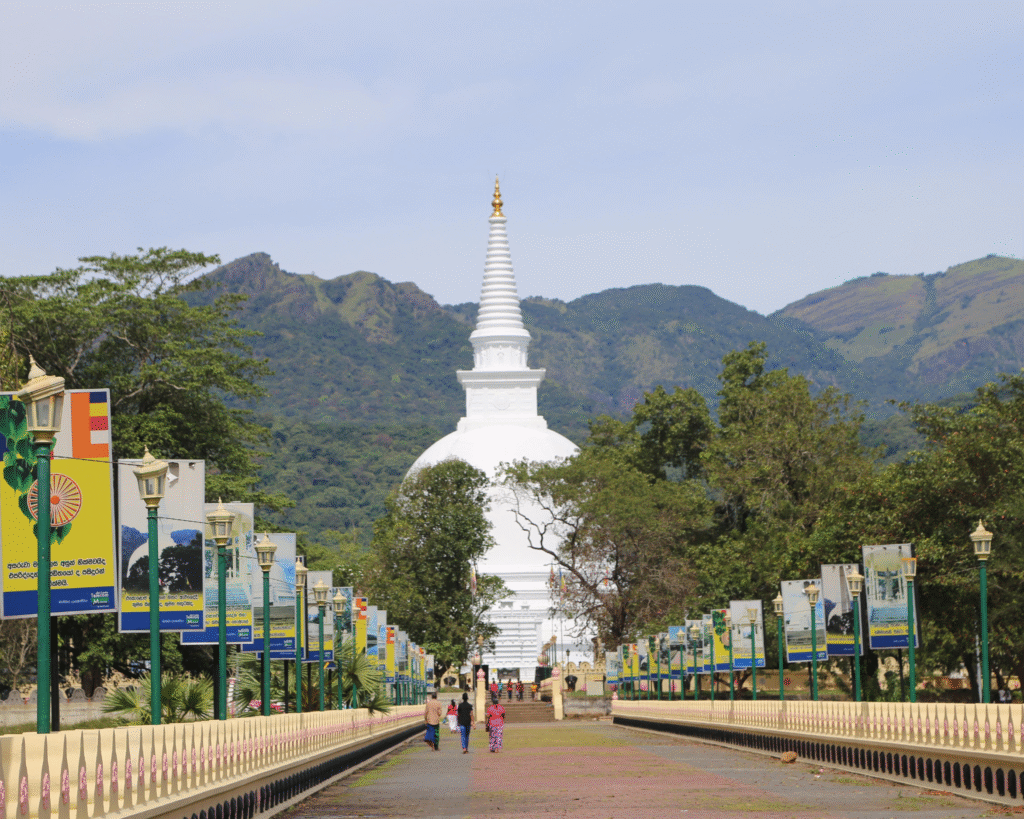
Mahiyanganaya
